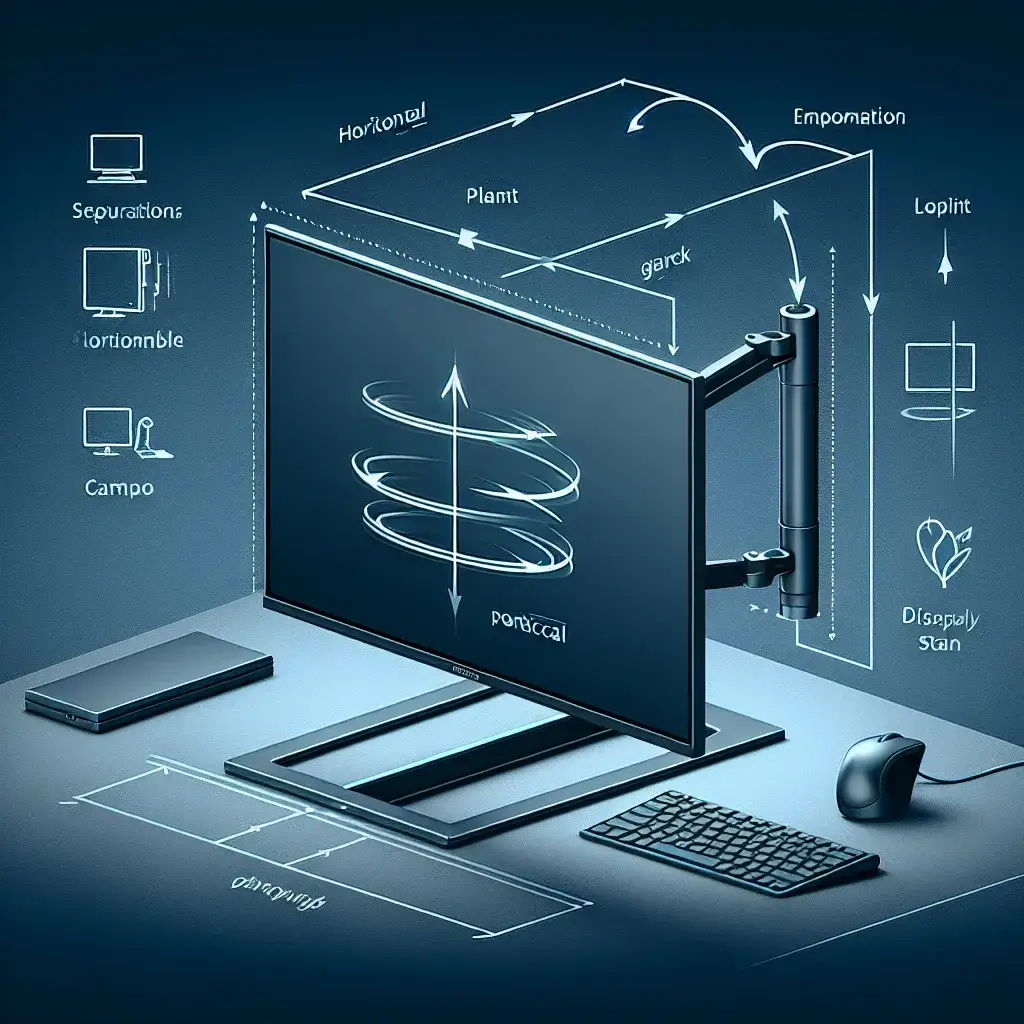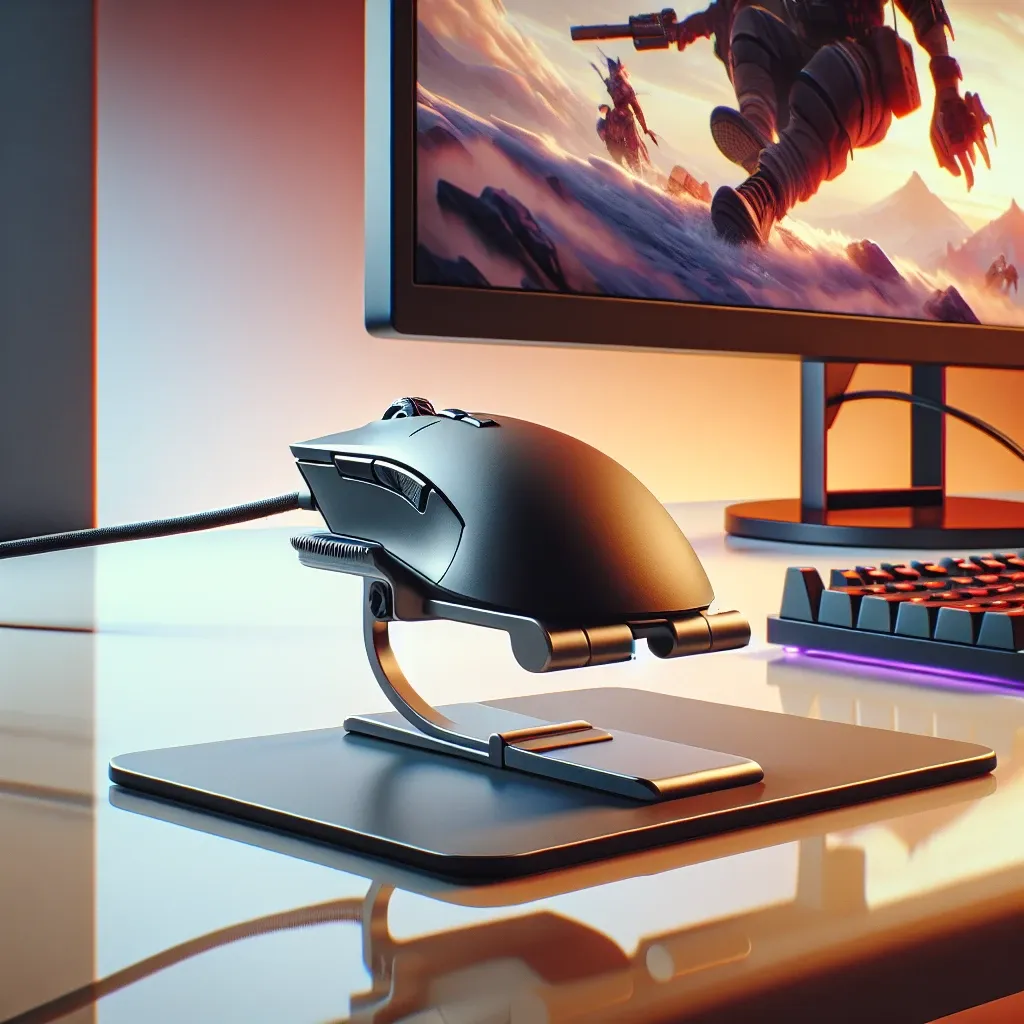Installing a CPU cooler is an essential step in building a stable and efficient PC. Proper cooling ensures that your processor runs at optimal temperatures, thereby enhancing its performance and longevity. This guide will walk you through the detailed steps to install a CPU cooler.
What You’ll Need
- CPU Cooler
- Thermal paste (if not pre-applied)
- Crosshead screwdriver
- Isopropyl alcohol and a lint-free cloth (for cleaning)
- Your motherboard’s user manual
Step-by-Step Guide to Install a CPU Cooler
1. Prepare Your Workspace
Before you start, ensure that your workspace is clean and static-free to prevent any damage to your components. Gather all the necessary tools and materials.
2. Read the Manual
Each CPU cooler has a specific installation process. Read both your motherboard and CPU cooler manuals carefully to understand the instructions.
3. Clean the CPU
If you are replacing an old cooler, clean the surface of the CPU with isopropyl alcohol and a lint-free cloth to remove any old thermal paste.
4. Apply Thermal Paste
If your cooler doesn’t come with pre-applied thermal paste, you will need to apply a small amount (about the size of a pea) to the center of the CPU. This paste enhances thermal conductivity between the CPU and cooler.
5. Position the CPU Cooler
Align the cooler over the CPU matching the screw holes with the mounting points on your motherboard. Ensure it is placed correctly before you start securing it.
6. Secure the Cooler with Screws
Using a crosshead screwdriver, gently screw the cooler into place. Tighten the screws in a crisscross pattern to maintain even pressure. Do not overtighten as this may damage the motherboard or CPU.
7. Connect the Fan to the Motherboard
Once the cooler is securely mounted, you will need to connect the cooler’s fan to the CPU fan header on the motherboard. This connection is usually labeled as “CPU_FAN” on the motherboard.
8. Test the Installation
After everything is installed, double-check all components, ensuring that everything is connected properly. Turn on your PC and monitor the CPU temperatures to verify that the cooler is functioning correctly.
Additional Tips
- Make sure to regularly check and clean your CPU cooler to maintain efficient cooling performance.
- If you are using an aftermarket cooler, make sure it is compatible with your CPU and case size.
- Check for any firmware updates that might optimize your cooler’s performance.
Comparison Table: Types of CPU Coolers
| Type of Cooler | Cooling Performance | Noise Level | Price |
|---|---|---|---|
| Air Cooler | Moderate to High | Moderate | Budget to High-end |
| Liquid Cooler | High to Extremely High | Low | High to Premium |
| Passive Cooler | Low to Moderate | Silent | Budget |
By following these steps, you can ensure a successful installation of your CPU cooler, leading to optimal performance and reliability for your computer. Always remember that proper installation and regular maintenance can make a significant difference in keeping your PC running smoothly.








